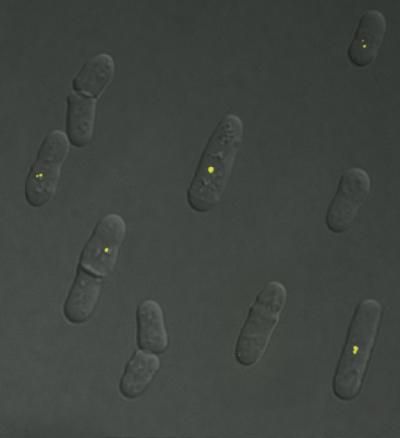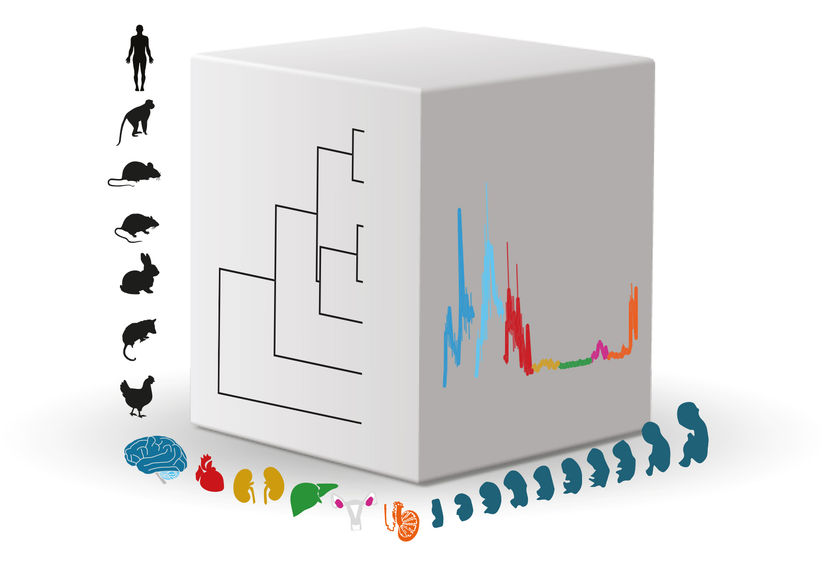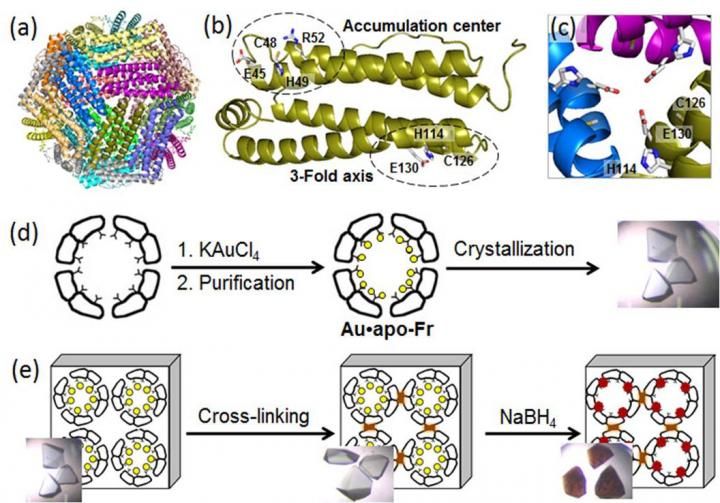Tadalafil shows promise for relief of lower urinary tract symptoms associated with BPH
Men with signs of benign prostatic hyperplasia (BPH) can be helped with a daily dose of tadalafil (Cialis®) to relieve associated lower urinary tract symptoms (LUTS), according to a new study published in The Journal of urology. Researchers from the University of Texas Southwestern Medical Center at Dallas, Northwestern University and Lilly Research Laboratories report on a randomized, double-blind, placebo-controlled study of over 1000 men in ten countries.
Claus G. Roehrborn, MD, Professor of Urology, University of Texas Southwestern Medical Center, states, "Since reports of erectile dysfunction (ED) incidence, pathophysiology and treatment have shown a possible link between BPH LUTS and ED. PDE5 inhibitors like tadalafil (Cialis®) have received increased attention for treating BPH LUTS, although they are currently only approved for ED. The half-life of tadalafil is 17.5 hours, making it suitable as once daily therapy. Although the precise mechanism of action by which PDE5 inhibitors may alleviate LUTS is not completely understood, several putative mechanisms are currently under investigation."
Participants in the tadalafil study were required to have at least a 6-month history of LUTS secondary to BPH. Subjects with a high PSA (more than 10 ng/ml) were excluded, as were subjects with other complicating conditions or conflicting drug treatments. Anyone who had undergone treatment for erectile dysfunction or other BPH treatments underwent a 4-week treatment-free screening period. All participants then received placebo for 4 weeks prior to randomization. The 1056 subjects were then divided randomly into 5 groups that received a placebo, or doses of 2.5, 5.0, 10.0 or 20.0 mg/day of tadalafil.
Original publication: Claus G. Roehrborn, Kevin T. McVary, Albert Elion-Mboussa and Lars Viktrup; "Tadalafil Administered Once Daily for Lower Urinary Tract Symptoms Secondary to Benign Prostatic Hyperplasia: A Dose Finding Study"; The Journal of Urology 2008, Volume 180, Issue 4.
Most read news
Other news from the department science

Get the life science industry in your inbox
By submitting this form you agree that LUMITOS AG will send you the newsletter(s) selected above by email. Your data will not be passed on to third parties. Your data will be stored and processed in accordance with our data protection regulations. LUMITOS may contact you by email for the purpose of advertising or market and opinion surveys. You can revoke your consent at any time without giving reasons to LUMITOS AG, Ernst-Augustin-Str. 2, 12489 Berlin, Germany or by e-mail at revoke@lumitos.com with effect for the future. In addition, each email contains a link to unsubscribe from the corresponding newsletter.
Most read news
More news from our other portals
Last viewed contents
Golgi's_method
Genome comparison tools found to be susceptible to slip-ups

Australian skinks show researchers why some species have 'explosively' diversified over time
Stem-cell-growing surface enables bone repair
CHARGE_syndrome
Stretched, ordered DNA molecules could bring insights into disease
Study uncovers new hurdle for developing immunotherapies

How a molecular Superman protects the genome from damage - Scientists find a new role for RNAi protein Dicer in preventing collisions during DNA replication

Networks of Gene Activity Control Organ Development
AIDS_advocacy

Evotec completes acquisition of Rigenerand





















































